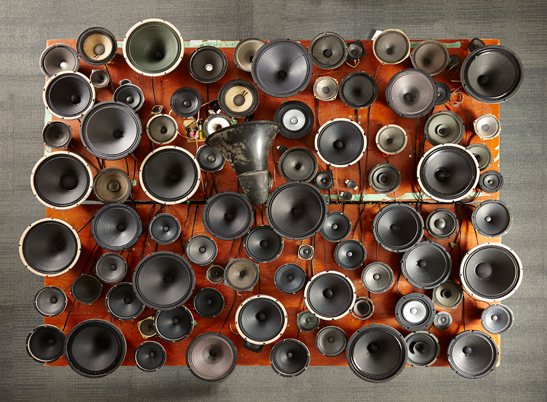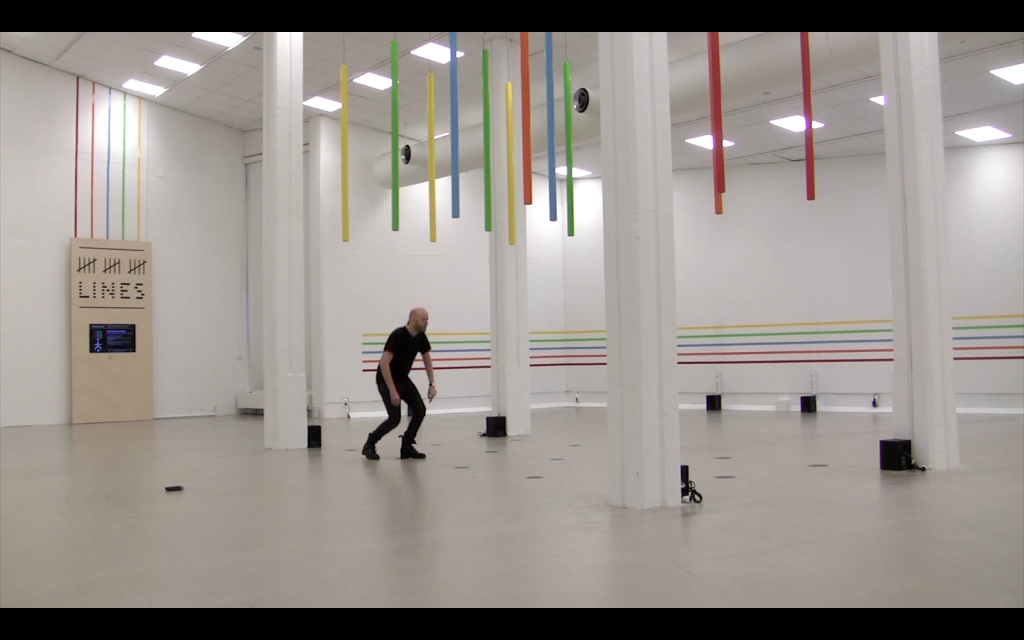/* Chelsea Fan
Section 1B
chelseaf@andrew.cmu.edu
Project-04
*/
var spacing = 15; //spacing for each line
var y = 1; //green line variation
var w = 100; //pink line variation
function setup() {
createCanvas(400, 300);
background(0);
strokeWeight(1.5);
}
function draw() {
//Green Lines
stroke(150, 255, 150); //green color
for (var x = 100; x<=300; x+=spacing) {
line(x, 0, x*y, 300);
y = y*0.7;
}
//Blue Lines
stroke(150, 150, 255); //blue color
for (var x = 0; x<=100; x+=spacing/2) {
line(x, 0, 400-x, 300);
}
//Pink Lines
stroke(255, 0 ,250); //pink color
for (var x = 0; x<=100; x+=spacing/2) {
line(x+300, 0, w-x, 350);
w = w*0.9;
}
//Yellow Lines
stroke(230, 250, 0); //yellow color
for (var x = 0; x<=100; x+=spacing) {
line(0, x+100, 400, 300-x);
noLoop(); //don't keep drawing lines
}
}I wanted to have bright colored lines with a dark background to make the design POP. It took me a while to fine a design of lines that were simple but interesting to view.
![[OLD FALL 2019] 15-104 • Introduction to Computing for Creative Practice](../../../../wp-content/uploads/2020/08/stop-banner.png)




